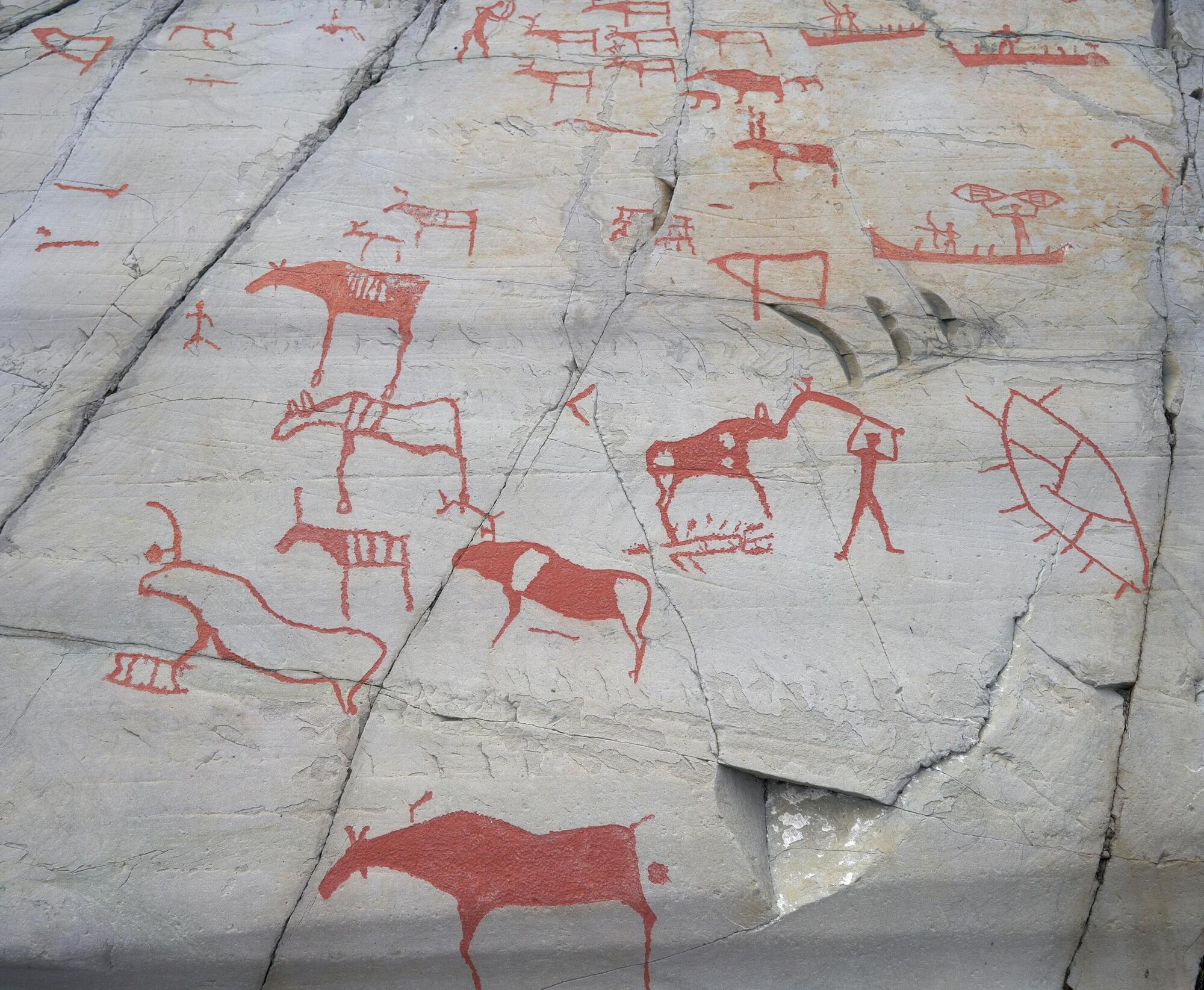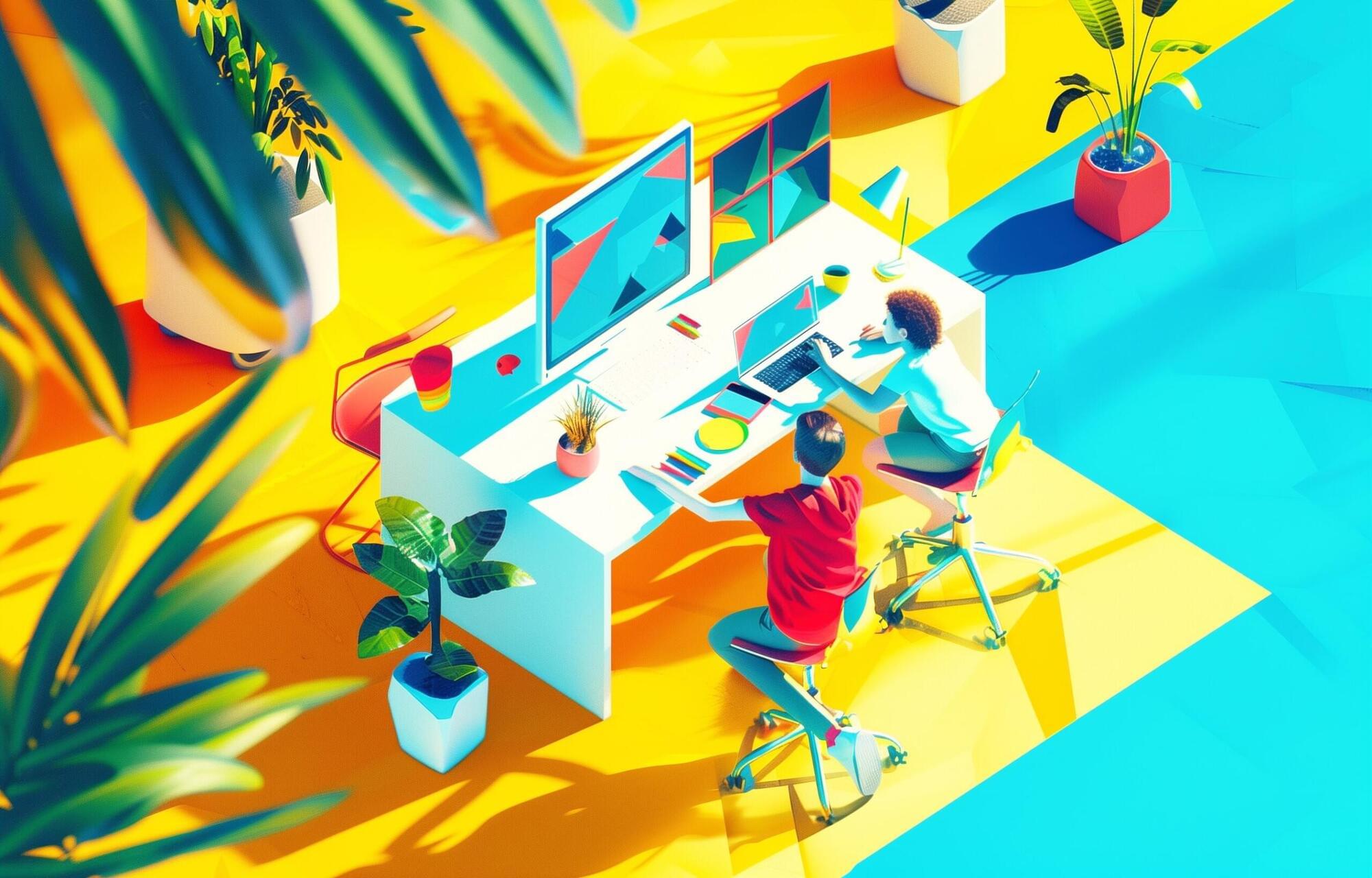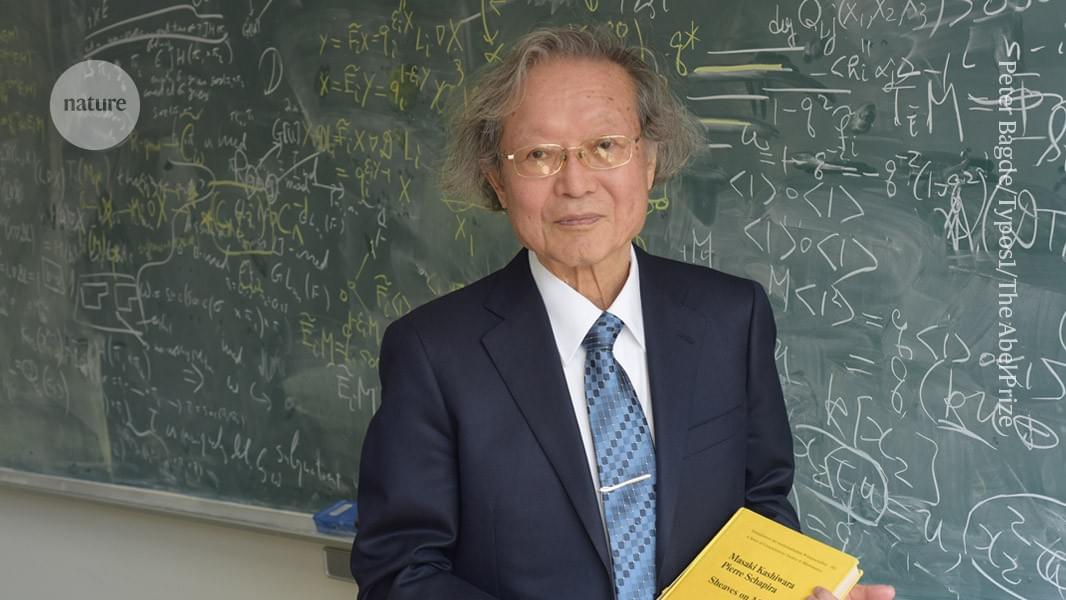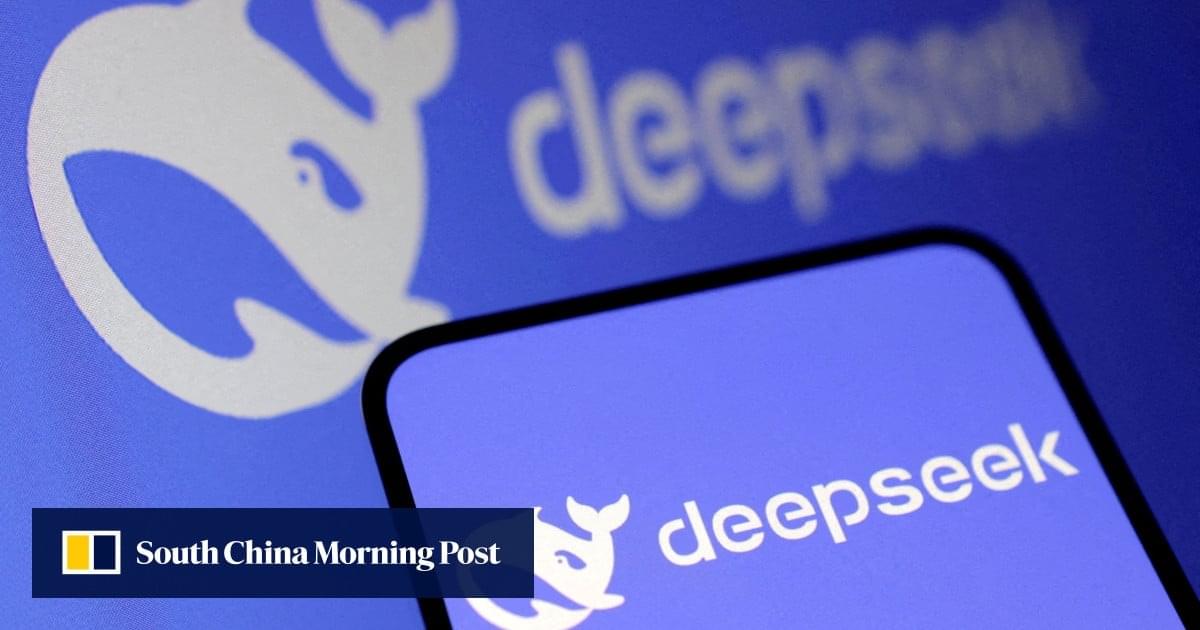Perhaps I could best describe my experience of doing mathematics in terms of entering a dark mansion. One goes into the first room, and it’s dark, completely dark. One stumbles around bumping into the furniture, and gradually, you learn where each piece of furniture is, and finally, after six months or so, you find the light switch. You turn it on, and suddenly, it’s all illuminated. You can see exactly where you were.
Add a note Draw a rectangle onto the image above (press the left mouse button, then drag and release). This file has annotations. Move the mouse pointer over the image to see them. To edit the notes, visit page X. Why do you want to remove this note?
Save Help about image annotations ![]()
![]() To modify annotations, your browser needs to have the XMLHttpRequest object. Your browser does not have this object or does not allow it to be used (in Internet Explorer, it may be in a switched off ActiveX component), and thus you cannot modify annotations. We’re sorry for the inconvenience.
To modify annotations, your browser needs to have the XMLHttpRequest object. Your browser does not have this object or does not allow it to be used (in Internet Explorer, it may be in a switched off ActiveX component), and thus you cannot modify annotations. We’re sorry for the inconvenience.









